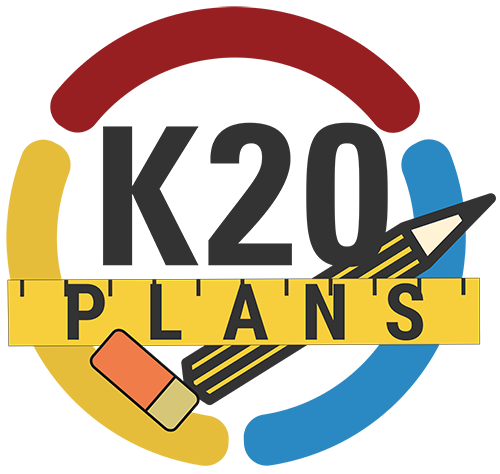Preventing Dropout: Connect the Classroom to College and Career
One clear way to keep students engaged is to make sure that there are programs and curricula that are connected to college and career goals.
Attachments
Tags
- Drop-Out Prevention
- College and Career Readiness
- Student Engagement
- Culturally Relevant/Responsive Pedagogy
- Socio-Emotional Learning
Domains
- Affective Engagement
- Behavioral Engagement
- Cognitive Engagement
- Emotional Engagement
- Vocational/Educational Self-Efficacy
- Beliefs about Future Opportunities
- Vocational/Educational Aspirations/Expectations
Abstract
“Students are engaged in school when they are interested in their classes and see them as important to their future, and when they feel they belong in school. Engaged students have good attendance, come to class prepared, and are able to navigate daily challenges in and out of school. These behaviors, in turn, improve course pass rates and help students establish positive relationships with teachers and peers, reinforcing students’ sense of belonging in school” (What Works Clearinghouse, 2017)
Literature Review
For more information on each of the dropout prevention strategies in this library, refer to the What Works Clearinghouse Educator's Practice Guide, Preventing Dropout in Secondary Schools:
https://ies.ed.gov/ncee/wwc/Docs/PracticeGuide/wwc_dropout_092617.pdf#page=21
Applications
The WWC provides clear steps to connect the classroom to college and career:
Directly Connect Schoolwork to Students' Options after High School:
- Integrate lessons that explicitly connect what is being learned to post secondary options (resources are available on the LEARN website)
- Provide adequate professional development for teachers in connecting content to real-world learning and postsecondary options
- Integrate learning materials that focus on careers related to regional workforce needs (resources are available on the LEARN website)
- Provide face-to-face or virtual opportunities for students to learn more about or experience careers (Zoom into Your Career provides a number of videos and lessons on careers in 16 different career clusters)
- Create a continuum of experiential learning outside the classroom by bringing in outside speakers from college and career, creating an alumni panel to discuss college and career experiences, host student tours at local college and career options.
Provide Curricula and Programs that Help Students and Teachers Build Supportive Relationships
- Provide professional development for teachers on implementing social and emotional learning in coursework or through separate SEL programs, building students' sense of belonging in school, and strengthening teacher-student trust
- Create a small-group SEL program for students who are most at risk of dropping out
- Use or develop an evidence-based, sequenced curriculum
- Provide practice time for students to apply their newly acquired skills with feedback
- Extend social and emotional skills to coursework (practice through small group assignments) and service learning project
Citations
https://ies.ed.gov/ncee/wwc/Docs/PracticeGuide/wwc_dropout_092617.pdf#page=21

